Arnold 6.3.3 For Houdini v19 + v20.5 Crack 2024 Download
Arnold for Houdini (or HtoA) provides a tight bridge to the Arnold renderer from within the standard Houdini interface. It enables smooth lighting workflows between Houdini and other DCC applications, since setups can be exported and shared.
Features
All Arnold cameras (perspective, orthographic, spherical, fisheye) with depth of field and advanced shutter controls.
All Arnold lights (point, distant, spot, quad, disk, cylinder, skydome, mesh) with light filters and accurate viewport representation.
Custom Arnold shading network context with a comprehensive list of 106 shaders and utilities.
Atmospheric and background effects.
Volume rendering with support for OpenVDB and particles.
Polymeshes, curves, points with support for displacement and bump mapping and subdivision.
Procedurals, with sample Alembic and mandelbulb implementations.
Accurate motion blur (transform, deform, velocity, acceleration), overridable per object.
Geometry attributes translation as user data.
Optional Arnold properties for objects and cameras.
HtoA 6.3.3.0 uses Arnold 7.3.3.0 and is a minor feature release bringing a new OpenPBR surface shader, improvements to volume rendering, OIDN support for Apple Metal and AMD GPUs, and many other improvements as well as multiple bug fixes.
Enhancements
OpenPBR Surface: A new openpbr_surface shader implements the OpenPBR specification. OpenPBR Surface is an evolution of Standard Surface, developed in collaboration with Adobe and the Academy Software Foundation. It introduces many improvements, in particular a better sheen/fuzz model and improved metal reflectivity parameterization. (ARNOLD-13385)
image courtesy of Nikie Monteleone
Convert Standard Surface shaders to OpenPBR Surfaces using the new conversion scripts
Classic Viewport Improvements: Viewport shader preview for OpenPBR Surface and Standard Surface in classic HtoA (HTOA-1488, HTOA-1511)
(Note: Shader parameters must be promoted for this to work in the viewport)
(Shader Developers: Custom shaders can now use the new houdini.ogl_tag metadata to automatically tag VOP parameters with OpenGL tags):
[attr diffuse]
houdini.ogl_tag STRING “ogl_diff”
Solaris Viewport Improvements: Shader parameters and textures are now more accurately reflected in the viewport (HTOA-598, HTOA-2266)
Scattering diffusion in volumes: Two new parameters in standard_volume improve how light is scattered in volumes. Using those parameters can help achieve high-scattering looks with fewer volume bounces and without adding energy. (ARNOLD-14482)
scatter_diffusion accelerates scattering in volumes.
scatter_diffusion_roughness accelerates scattering further on anisotropic volumes and can help achieve realistic looking clouds with fewer bounces.
gain and bias curves can further tweak the effect of both parameters
Stochastic volume interpolation: The tricubic interpolation mode of AiVolumeSampleXXX() calls, such as those used by the standard_volume shader, now uses a stochastic method of interpolation that greatly reduces the amount of voxel data read in each sample call. In testing, we’ve seen speed ups of as much as 1.7x in certain scenes. Note that this technique does not always produce a perfectly matching image as a result, and can be toggled via the stochastic_volume_interpolation render option (default is on). (ARNOLD-3856)
Improved quality with Intel Open Image Denoise 2.3.0: The updated Intel Denoiser improves denoising quality and can produce sharper results with less artifacts on scenes with specular reflections and transmission. For more information about changes in this version, see the OIDN release notes (ARNOLD-15059).
OIDN support for Apple Metal and AMD GPU: The Intel OIDN denoiser now supports on macOS all Apple Metal GPUs (M1 and newer) and on Windows AMD GPUs using RDNA2 (Navi 21 only) and RDNA3 (Navi 3x) architectures. This allows for significantly faster denoising: on an M1 Max laptop we see 5-8x faster denoising. (ARNOLD-14855, ARNOLD-14856)
GPU Many-lights support for light linking: Arnold GPU now uses Global Light Sampling for group of lights linked to a shape. This can improve rendering performance for scenes with light linking. For example, the ALab scene now renders twice as fast when you use Global Light Sampling. (ARNOLD-15050)
GPU improved time to first pixel in scenes with many nodes: Reduced time to first pixel with Arnold GPU and scenes with many nodes. For example, we have seen a 18% improvement in time to first pixel on a simple scene with 1,000,000 instances. (ARNOLD-13652)
Motion vector AOV on GPU: The motionvector AOV is now supported when rendering on GPU. (ARNOLD-11046)
Ramp Shaders: Improved UI and new linkable inputs (HTOA-2629)
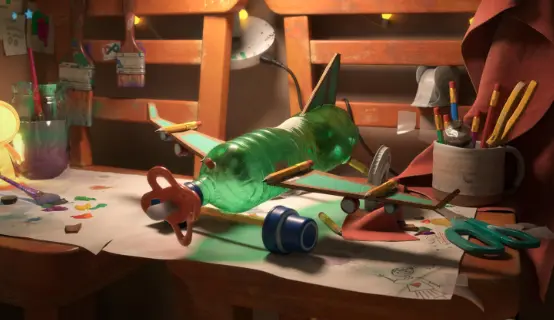

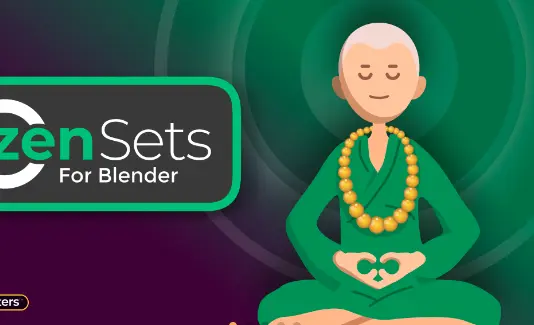
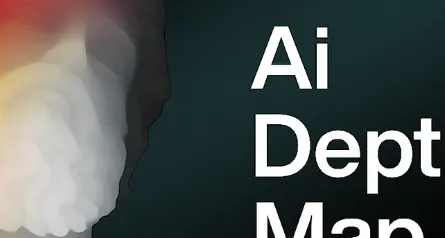
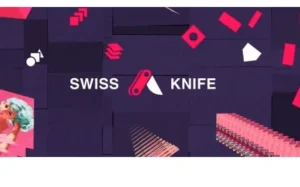
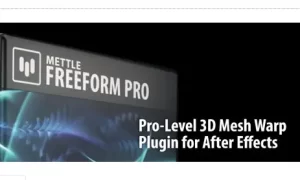
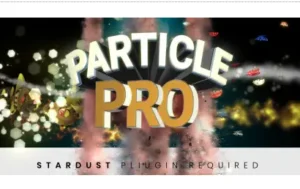


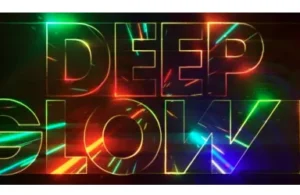
Post Comment